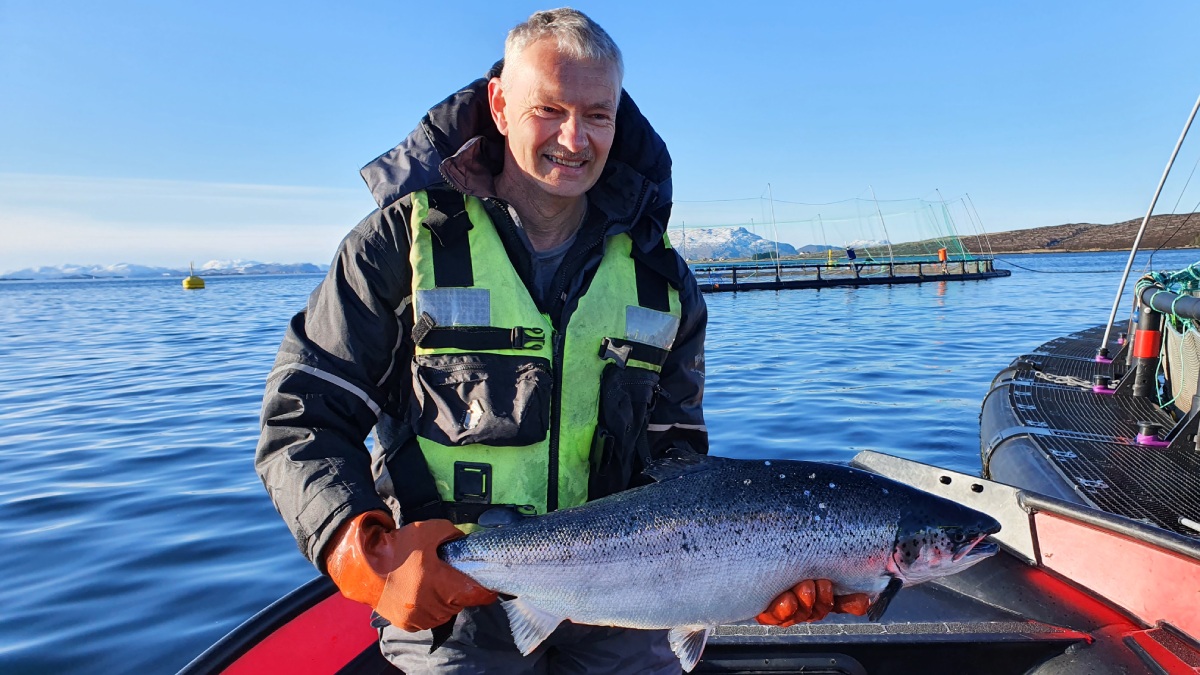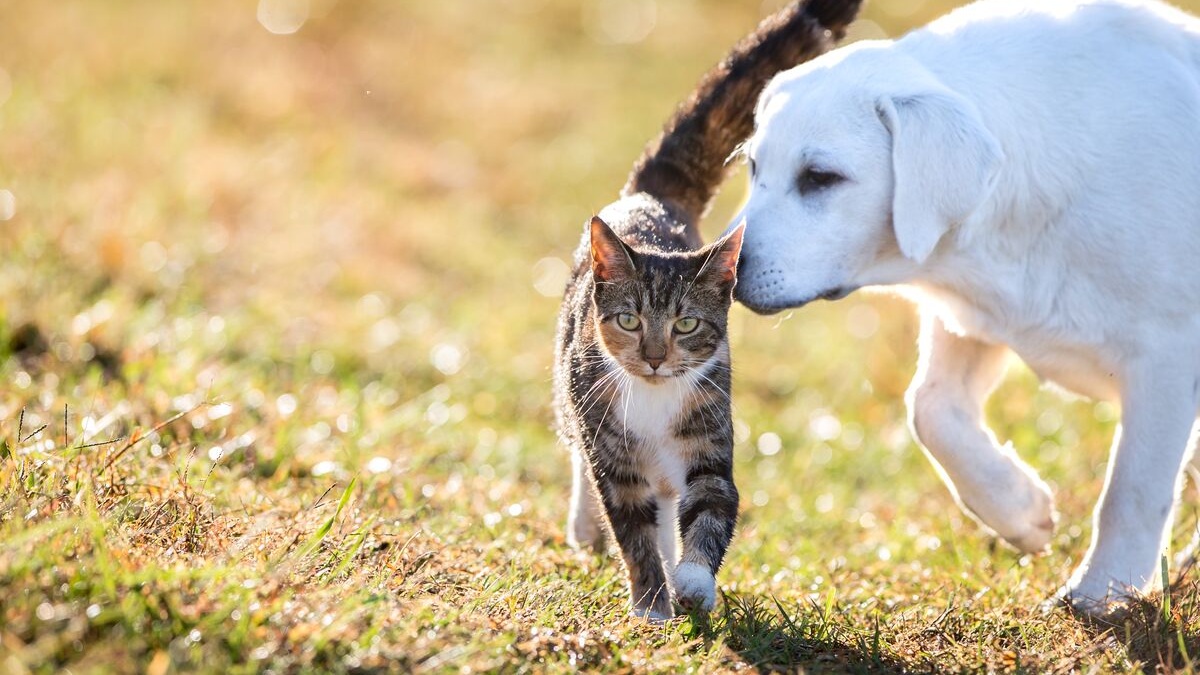How to reduce stress on farm-raised fish
The age-old debate of wild versus farm-raised fish is never far from the headlines, and the development of intensive animal management systems has raised consumer awareness and concern about the welfare of farmed animals, including in aquaculture. These issues are becoming increasingly important in both the public and legislative frameworks. The subject of animal welfare has also been identified as a sustainability matter by the U.N. in relation to their Sustainable Development Goals. Public discourse aside, we know that prioritizing animal welfare ultimately benefits farmers by promoting optimal survival, healthy fish stocks and good performance. So, how exactly do we measure welfare in aquaculture?
Fortunately, a more developed understanding of natural habitats, animal nutrition and husbandry has resulted in a greater ability to identify and quantify what optimal animal welfare means. The “Five Freedoms,” developed by Britain’s Farm Animal Welfare Council, are good guidelines:
- Freedom from hunger and thirst
- Freedom from discomfort
- Freedom from pain, injury or disease
- Freedom to express normal behavior
- Freedom from fear and distress
The impact of stress on farmed fish
The five areas of welfare mentioned above are all tightly interlinked. “Freedom from hunger and thirst” and “freedom from discomfort” are two areas in which farmers are likely to have more operational control. If both can be guaranteed for the animals, the rest should follow. Optimal nutrition in fish farming results in a better welfare status, since maintaining a healthy gut through a well-formulated diet helps to prevent disease and reduce stress. Minimizing discomfort by providing an appropriate environment allows the fish to express normal behavior, decreases the risk of injury or disease, and again, reduces stress.
Most aquatic pathogens are opportunistic, meaning that disease outbreaks are more likely to occur when the fish are subjected to one or more stressors. Just like humans, fish release a hormone called cortisol when they are under stress. Cortisol increases blood pressure and induces a cascade of biochemical pathways designed to protect the animal. This process draws on tissue reserves of minerals and vitamins that are required to protect individual cells from damage. The interruption of the critical functions these cells provide, such as oxygen uptake, nutrient absorption, and immune defense, provides ideal conditions for harmful pathogens to gain access to the animal. This cycle is called oxidative stress, and it results in poor health and performance in the fish.

Environment
Approximately 200 fish species are cultured commercially around the world. To assess fish welfare, we must consider each species’ natural environment as well as the environmental conditions of the culture system in which it is farmed (e.g., RAS, ponds, net cages). Given their aqueous habitat, optimal water quality is imperative for fish, as their vital tissues such as skin, gills and guts are constantly in direct contact with it.
Water temperature: Initial site selection is critical to ensuring optimal culture conditions. Fish cannot regulate their body temperature, and each species has an optimal temperature range in which it grows and performs better. Therefore, the environment directly determines all the important processes, including feed intake, digestion, growth, and responses to stress and infection. The water temperature in open environments such as ponds or raceways — unlike in RAS, for example — cannot be controlled and therefore must be carefully considered.
Dissolved oxygen: Fish take in dissolved oxygen (DO) from the water through the gills. As a rule, oxygen saturation should be maintained as high as possible within a culture facility. If it falls below 80%, stress conditions can set in. If oxygen conditions deteriorate, fish will often move to the inflow or to the water surface to get access to as much oxygen as possible in order to survive. For farmers, this behavior is a sure sign that extra oxygen must be provided as quickly as possible. It is vital to regularly check the DO levels and make sure they are always optimal. Note that the oxygen content of water decreases with increasing water temperatures, as warmer water can hold less oxygen. Thus, in warmer water, there is a higher risk of oxygen deficits.
Acidity and alkalinity (pH): The pH level of the water is a crucial parameter that needs to be monitored and controlled in intensive culture systems to maintain good water quality. CO2 from fish excretion in the culture system forms a weak acid and can impact the pH level. The acceptable pH range for most species is between 6.5 and 7.5, although some species do well at levels as low as 5.5. Fish can also become stressed with sudden pH swings; therefore, these swings should be prevented during both the culture and transportation of fish.
Gas bubble trauma: System design and operation can also inadvertently cause stress. It is important to measure the total gas pressure (TGP) and oxygen from time to time to check whether nitrogen supersaturation is a problem. If the value is too high, degassing the water is essential. Water pumps often suck air at the impeller, resulting in air being pressurized and then supersaturating the water delivered to tanks. This can lead to small gas bubbles in the fish’s blood that eventually block its bloodstream and lead to necrosis.
Other things to monitor and test for when assessing welfare status include nitrite and nitrate levels, CO2 levels, and ammonia (NH3). When not at ideal levels, these conditions can be detrimental to the health of fish stocks.
Nutrition
While taking the necessary steps to manage environmental stressors can help significantly, the risk of disease and stress will never be fully eliminated through this alone. Applying targeted nutrition from the beginning is paramount.
Specialized nutrition is often used to provide an additional defense strategy to limit or prevent the development of a particular disease. It can also combat the negative effects of the outcome of a disease without the need for therapeutic intervention. These strategies are referred to as functional feeds. Functional feed often focuses on strengthening and supporting the natural immunological defenses of the animal. This boosts the animal’s ability to control biological and physiological responses to stressors and reinforces physical barrier interfaces with the environment.
Deeper insights
Understanding the causes of and responses to the daily challenges fish encounter can help us provide the necessary conditions for their utmost well-being. It also rewards farmers with greater commercial success. “Inside/Out: The Essential Guide to the Skin, Gills and Guts of Fish” provides a much deeper insight into how nutritional and environmental conditions can impact the function and integrity of the skin, gills and guts by compromising fish welfare. Written by aquaculture specialists John Sweetman and Gijs Rutjes, this book is an educational tool for anyone in the aquaculture industry and includes detailed instructions on how to calculate and test the variables of water quality as outlined above. Get your copy at https://go.alltech.com/aqua-inside-out.
I want to learn more about aquaculture nutrition.
- Read more about How to reduce stress on farm-raised fish
- Log in to post comments

<script charset="utf-8" type="text/javascript" src="//js.hsforms.net/forms/v2-legacy.js"></script>
<![endif]--><script charset="utf-8" type="text/javascript" src="//js.hsforms.net/forms/v2.js"></script><script>
hbspt.forms.create({
portalId: "745395",
formId: "9a2b89e0-455d-49e8-927e-620466728a8d"
});
</script>





























